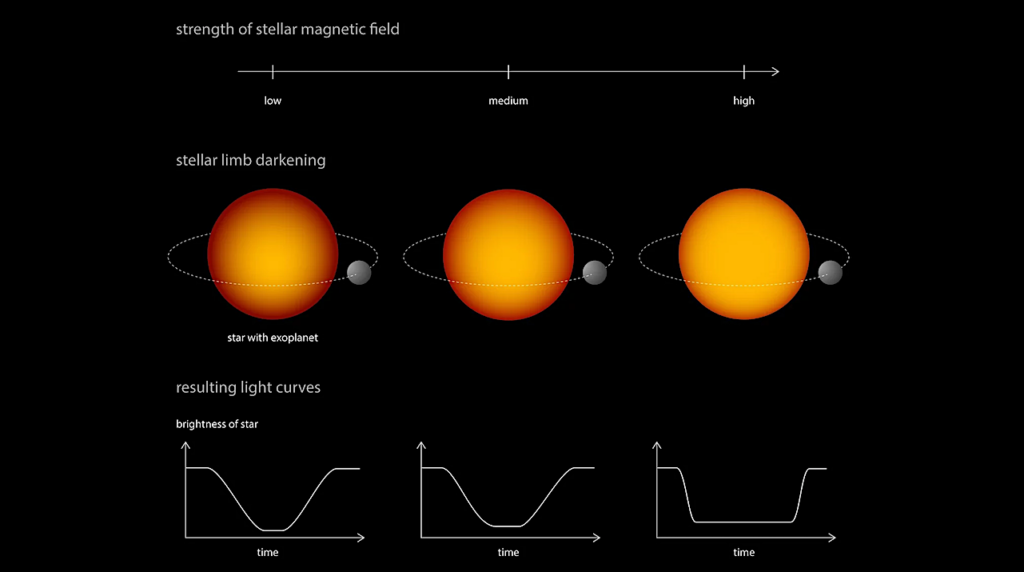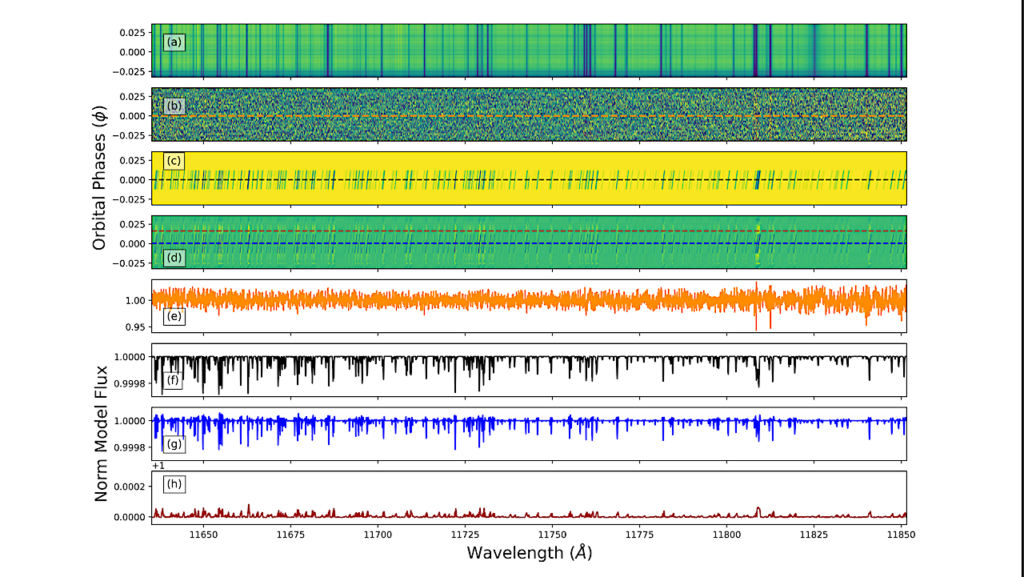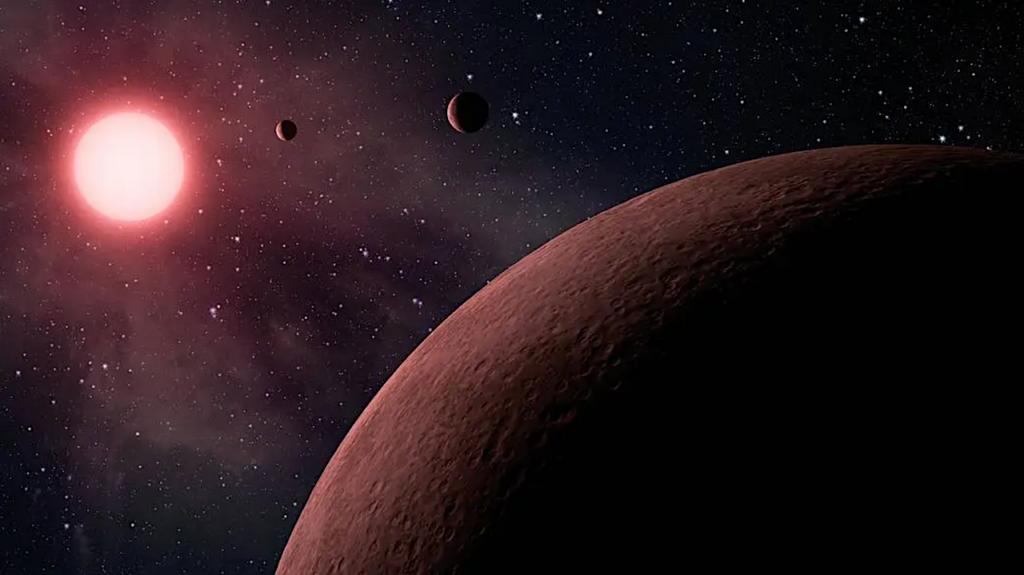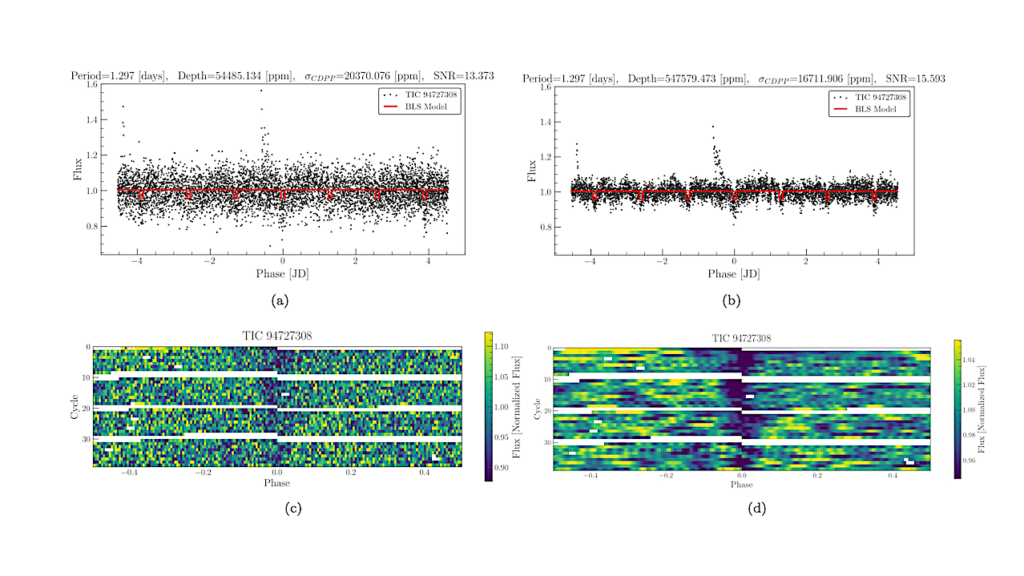Introducing the Habitable Exoplanets Catalog
New from the Planetary Habitability Laboratory at the University of Puerto Rico, Arecibo, the Habitable Exoplanets Catalog is an online database for scientists, educators, and the general public focused on potential habitable exoplanet discoveries. The catalog uses various habitability indices and classifications to identify, rank, and compare exoplanets, including potential satellites or exomoons.
The database suggests over 15 exoplanets and 30 exomoons as potential habitable candidates.
Scientists are now starting to identify potential habitable exoplanets after nearly twenty years of the detection of the first planets around other stars. Over 700 exoplanets have been detected and confirmed with thousands more still waiting further confirmation by missions such as NASA Kepler. Most of these are gas giants, similar to Jupiter and Neptune, but orbiting very dangerously close to their stars. Only a few have the right size and orbit to be considered suitable for any life.
Now the Planetary Habitability Laboratory (PHL) of the University of Puerto Rico at Arecibo (UPR Arecibo) presents a new assessment of the habitability of these worlds as part of its Habitable Exoplanets Catalog (HEC). The catalog not only identifies new potential habitable exoplanets, including exomoons like the Pandora world in the movie Avatar, but also ranks them according to various habitability indices.
For more information: http://phl.upr.edu/projects/habitable-exoplanets-catalog








